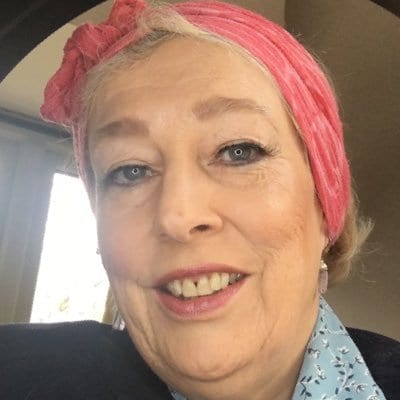I wonder how many people have heard of Mohammed Siyam? While the Western media went into overdrive over the tragedy of the synagogue killings in Jerusalem, little Mohammed lay gasping, fighting for his life on an operating table in Turkey.
As two crazed men, armed with knives, unleashed a brutal, indiscriminate attack on the unsuspecting Jewish congregation, the 14-year-old was just one of many Palestinian children who had already had his limbs sheared off in a brutal, indiscriminate attack.
That the 14-year-old had survived this long was a miracle in itself. He lost both of his legs during Israel’s war against the civilians of Gaza in the summer; the Israeli airstrike also blew 12 members of his family to pieces with bombs deliberately designed to kill and maim human beings. The courageous youngster, an innocent child who had already survived three wars in his short life, finally gave up his struggle and was pronounced dead on Tuesday during yet another operation; this one was on his lungs and respiratory tract.
There was no media present at his burial, no headlines as his body was lowered into the grave. In that he was no different to the 570 other Palestinian children from Gaza who were killed by Israel’s summer blitz; his passing went unnoticed.
The Western media, it seems, is not interested when the dead come from the Gaza Strip where 2,140 Palestinians paid the ultimate price this summer alone for having the misfortune to live in the world’s largest open air prison. While death and destruction destroyed the sanctity of one place of worship in Jerusalem there was little outrage vented in the West when even worse rained down in Gaza just months earlier. That the Israeli onslaught destroyed 73 mosques in 51 days, while 205 others were partially destroyed, barely registered in the Western media.
Other statistics brushed aside by the media routinely during Israel’s war included the 11,000 who were injured, many of them women and children. According to the UN, Israel’s bombs destroyed or damaged thousands of civilian buildings, including the only power plant and more than 220 schools, many run by the international body. The much fewer Israeli casualties, almost all of them soldiers, received far more media exposure.
Probably one of the worst offenders of the “Ostrich approach” to Palestinian casualties is the BBC, which has a global reputation for gold standard reporting, except when it comes to the Middle East. BBC News online headlines screamed, “Bloody attack at Jerusalem synagogue” with breaking news being updated in a live blog every few minutes followed by detailed analysis and the ubiquitous Israel spokesmen. Sky News also went in to overdrive and before long most TV and online media were relaying images of bloodied prayer shawls and ambulances and the general chaos associated with such an atrocity.
Interviews at the scene followed and blurred video footage taken by a passer-by was also shown. As a journalist with more than 35 years in the business it was, I would say, a job well done. What makes me despair at the standard of journalism, though, is the lack of coverage of similar atrocities carried out by Israelis against Palestinians; they barely make it into the mainstream.
Look at the following observations compiled by the excellent NGO Friends of Al-Aqsa, of which I’m a member:
- Palestinian bus driver Hassan Yousef Al-Ramouni, believed to have been lynched by Israeli settlers, was not mentioned at all by the BBC until the attack on the synagogue, when his death was mentioned only in reference to a Hamas statement about events at the synagogue. AFP and major Israeli outlets reported Hassan’s death.
- On November 11th, the BBC reported the killing of 22-year-old Imad Jawabreh using quotation marks around “shot dead by the Israeli army” as if there was any conflicting report over who had killed the young man. By the fourth paragraph of the BBC report, there was mention of attacks against an Israeli soldier and civilians in an attempt to contextualise the killing. By contrast, the article on the synagogue attack contains no reference to killings of Palestinians by Israelis, which might have added some context to the attack. Unlike the story about the synagogue, there was no live blog and no use of evocative imagery; instead, a generic image of an Israeli jeep was the backdrop.
- The BBC only reported once on the killing of Khayr Al-Din Hamdan, shot dead by Israeli police while his back was turned. The incident was caught on camera, but the BBC has not followed up on this clear example of police brutality against Palestinians.
Long ago as it was, I still recall as a trainee being told that every life is precious and there is no room for discrimination when covering an atrocity. It was drummed into us aspiring young journalists that not only must we be impartial but we must also be fair and just. It appears that those standards are no longer applicable in the BBC when it comes to Palestine.
If you needed proof, tell me in all honesty if you had heard Mohammed Siyam’s name before you read this article; or even that a little Palestinian boy who had lost both his legs and 12 members of his family in the summer war had now lost his life? If you had, it is almost certain that it was no thanks to the BBC and other mainstream media.
The views expressed in this article belong to the author and do not necessarily reflect the editorial policy of Middle East Monitor.











